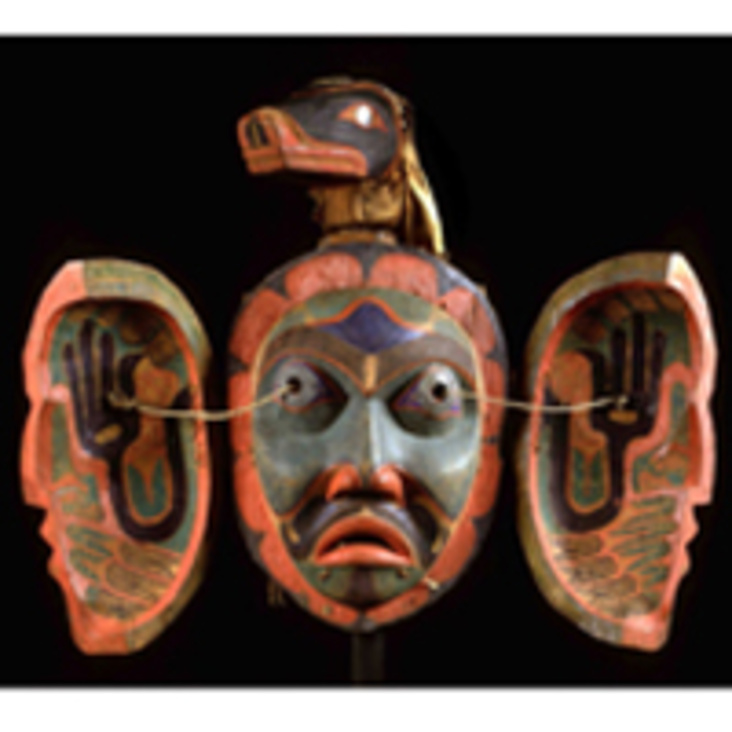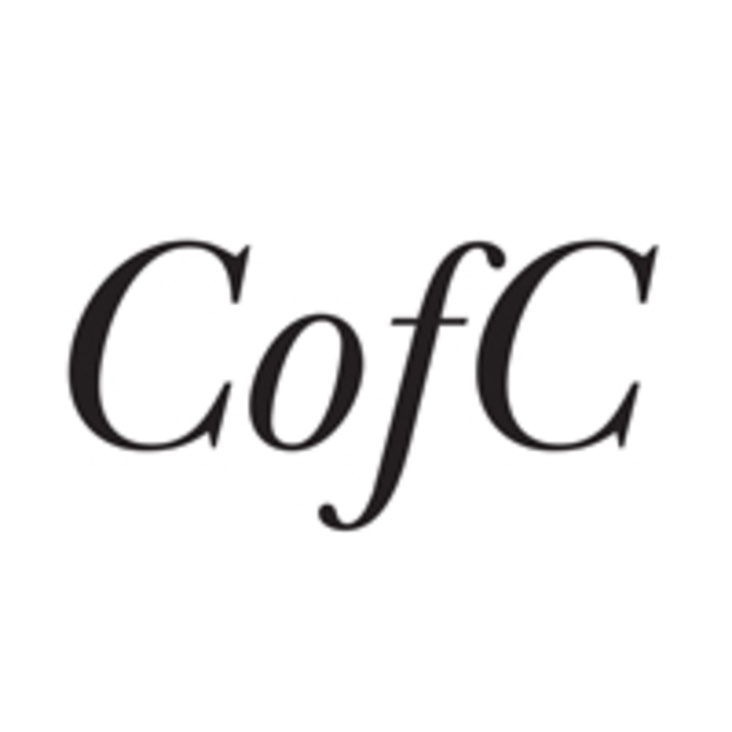












38 West 86th St.
New York, NY 10024
212.501.3000
admissions@bgc.bard.edu
18 West 86th St.
New York, NY 10024
212.501.3023
gallery@bgc.bard.edu
BGC Gallery is currently closed.
38 West 86th St.
New York, NY 10024
212.501.3000
admissions@bgc.bard.edu
18 West 86th St.
New York, NY 10024
212.501.3023
gallery@bgc.bard.edu
BGC Gallery is currently closed.
Historic Museum Collections and Pueblo Pottery Futures
Lea S. McChesney
Curator of Ethnology, Maxwell Museum of Anthropology, University of New Mexico; Director, Alfonso Ortiz Center for Intercultural Studies, University of New Mexico
October 19, 2017
12:15 – 1:15 pm

Lea S. McChesney will give a Brown Bag Lunch presentation on Thursday, October 19, at 12:15 pm. Her talk is entitled “Hopi Pottery Tales: Historic Museum Collections and Pueblo Pottery Futures.”
Reflecting
on thirty years of anthropological engagement with museums and source
communities, McChesney will trace disciplinary
developments around legacy collections while assessing their impact on the
continuity of the Hopi pottery tradition. Three tales illuminate historic shifts
and contemporary practice: learning the typological language of cataloguing, research,
and publication; seeking the social and cultural context of pottery production
and circulation; and learning potters’ alternative language of ontology and
aesthetics. In this talk, McChesney will explore
collaborative efforts to connect contemporary practitioners with these heritage
resources, ensuring Hopi pottery’s regeneration for future generations. Throughout
she will address the interrelationship of potters’ concerns with her own.
Lea S. McChesney, PhD, Curator of Ethnology and Director of the Alfonso Ortiz Center for Intercultural Studies at the University of New Mexico, is a cultural and museum anthropologist whose special interests include comparative perspectives on material, visual, and expressive culture; representation and inscription; indigeneity, gender, and identity; and the legacy of museum collections to ongoing cultural heritage in indigenous communities. Her research addresses understanding and interpreting Native arts (especially in the US Southwest) and the historical processes and social contexts that have transformed them over time. Focusing on historic and contemporary Hopi pottery, she critically examines the role of this indigenous art as a classical tradition in the formation of the Western canon of Native American art. The editor of Museum Anthropology, she is also a Research Assistant Professor in UNM’s Department of Anthropology, a Research Associate of Harvard University’s Peabody Museum, and a core member of the Hopi Pottery Oral History Project under the Recovering Voices initiative of the Smithsonian’s National Museum of Natural History in collaboration with the Hopi Cultural Preservation Office.









38 West 86th St.
New York, NY 10024
212.501.3000
admissions@bgc.bard.edu
18 West 86th St.
New York, NY 10024
212.501.3023
gallery@bgc.bard.edu
BGC Gallery is currently closed.
